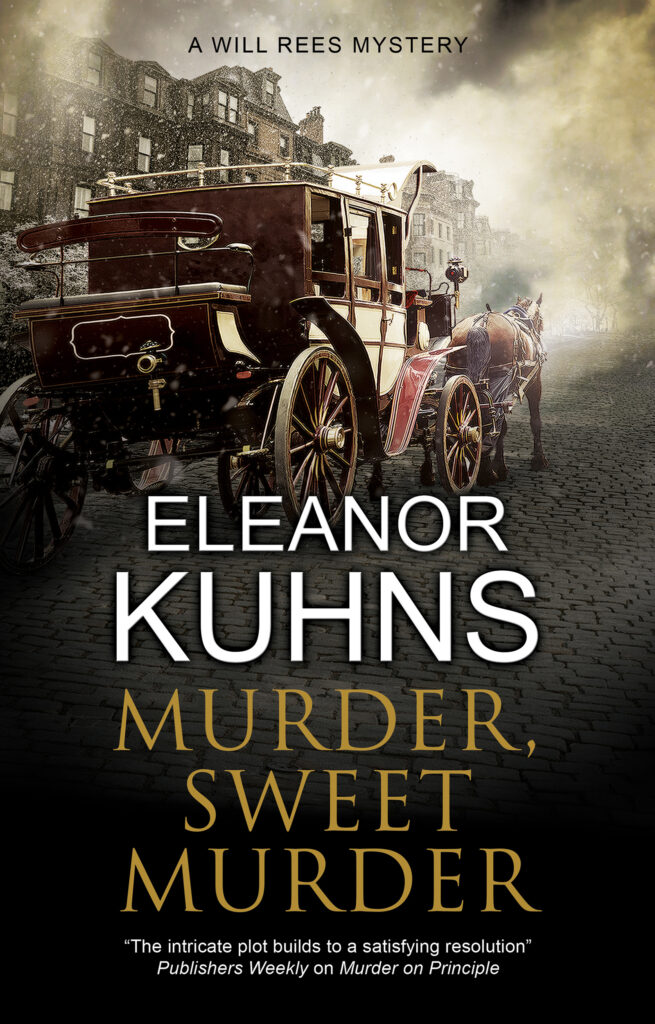averns and coffeehouses were an important part of Colonial and Federalist life. They served as meeting places, inns, restaurants and more. Before post offices were built, taverns and coffeehouses also handled letters. In the early days of the colonies, taverns were built at ferry landings. Later on, when coaches began running, the taverns became handy stops and, in fact, Rouge’s tavern frequently sees an influx of passengers either going to or from Boston.
As one might expect, there was a wide range of comfort and amenities provided, ranging from a grand inn like the Raleigh in Williamsburg to the ordinary that served the ferrymen or waggoneers. In the last, the beds were likely to be hard wooden pallets, the mattresses filled with cornhusks or straw as well as fleas and other critters. Food offered was usually cornmeal mush.
All of the taverns mentioned in Murder, Sweet Murder, with the exception of the Painted Pig, which is my own creation, existed in 1801 in Boston. The Warren Tavern is still in use as a bar and restaurant. The Green Dragon, which was the Headquarters of the Sons of Liberty (and where much of the planning for the War of Independence occurred), was demolished in 1822.

